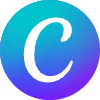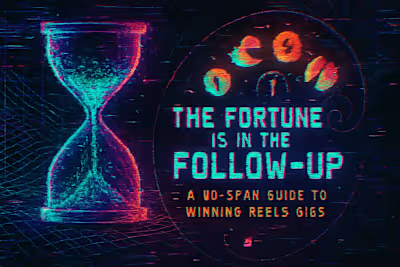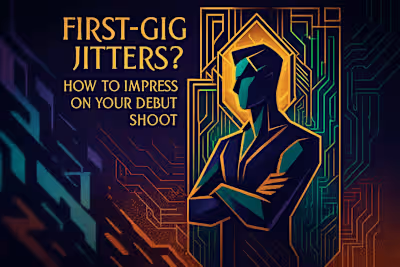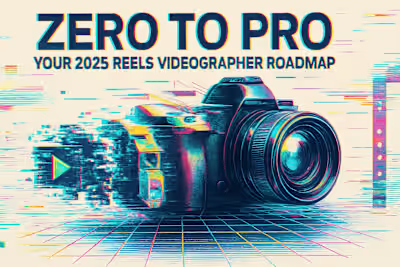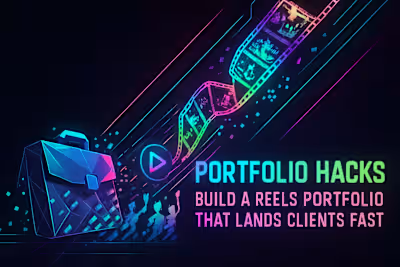From Pitch to Paid: How to Write Reels Videographer Proposals That Win Clients
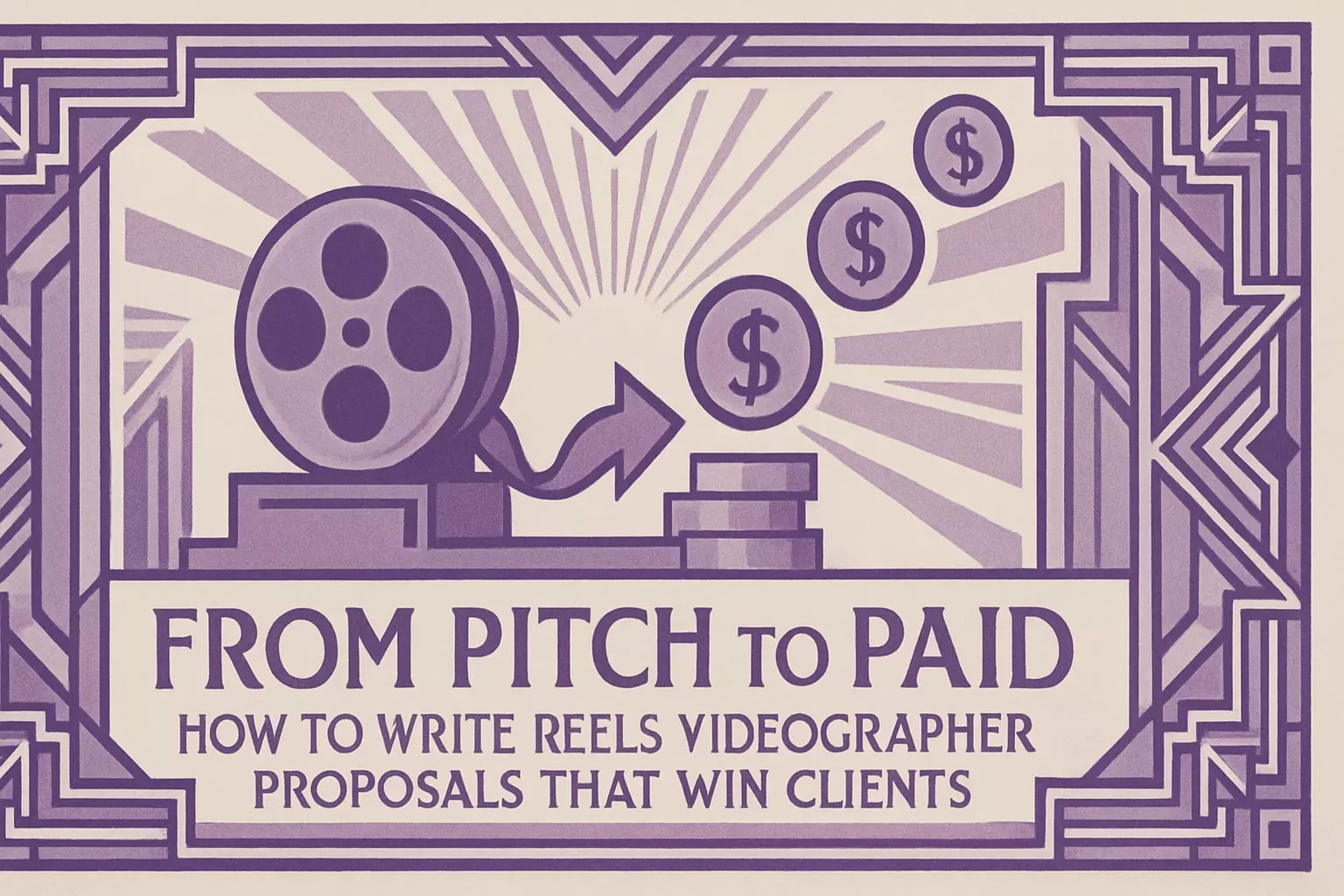
From Pitch to Paid: How to Write Reels Videographer Proposals That Win Clients
The Pre-Proposal: Research is 50% of the Work
Analyzing the Client's Current Social Media Presence
Identifying Their Business Goals & Pain Points
The Anatomy of a Winning Proposal
The Personalized Opening: Show You've Done Your Homework
The 'Problem & Solution' Framework
The Scope of Work: Clarity is King
The Case Study: Show, Don't Just Tell
Pricing Your Reels Services for Value, Not Hours
Tiered Packages: The Power of Choice
Monthly Retainers vs. Project-Based Pricing
Communicating Your Value Beyond the Price Tag
The Final Touches: Call to Action and Presentation
Creating a Clear and Compelling 'Next Steps'
The Importance of Professional Design
Conclusion
References
From Pitch to Paid: How to Write Reels Videographer Proposals That Win Clients
The Pre-Proposal: Research is 50% of the Work
Analyzing the Client's Current Social Media Presence
Identifying Their Business Goals & Pain Points
The Anatomy of a Winning Proposal
The Personalized Opening: Show You've Done Your Homework
The 'Problem & Solution' Framework
The Scope of Work: Clarity is King
The Case Study: Show, Don't Just Tell
Pricing Your Reels Services for Value, Not Hours
Tiered Packages: The Power of Choice
Monthly Retainers vs. Project-Based Pricing
Communicating Your Value Beyond the Price Tag
The Final Touches: Call to Action and Presentation
Creating a Clear and Compelling 'Next Steps'
The Importance of Professional Design
Conclusion
References
Posted Jun 30, 2025
Tired of sending proposals that get ignored? Master the art of crafting compelling, personalized pitches that highlight your value and win you more Reels projects.





